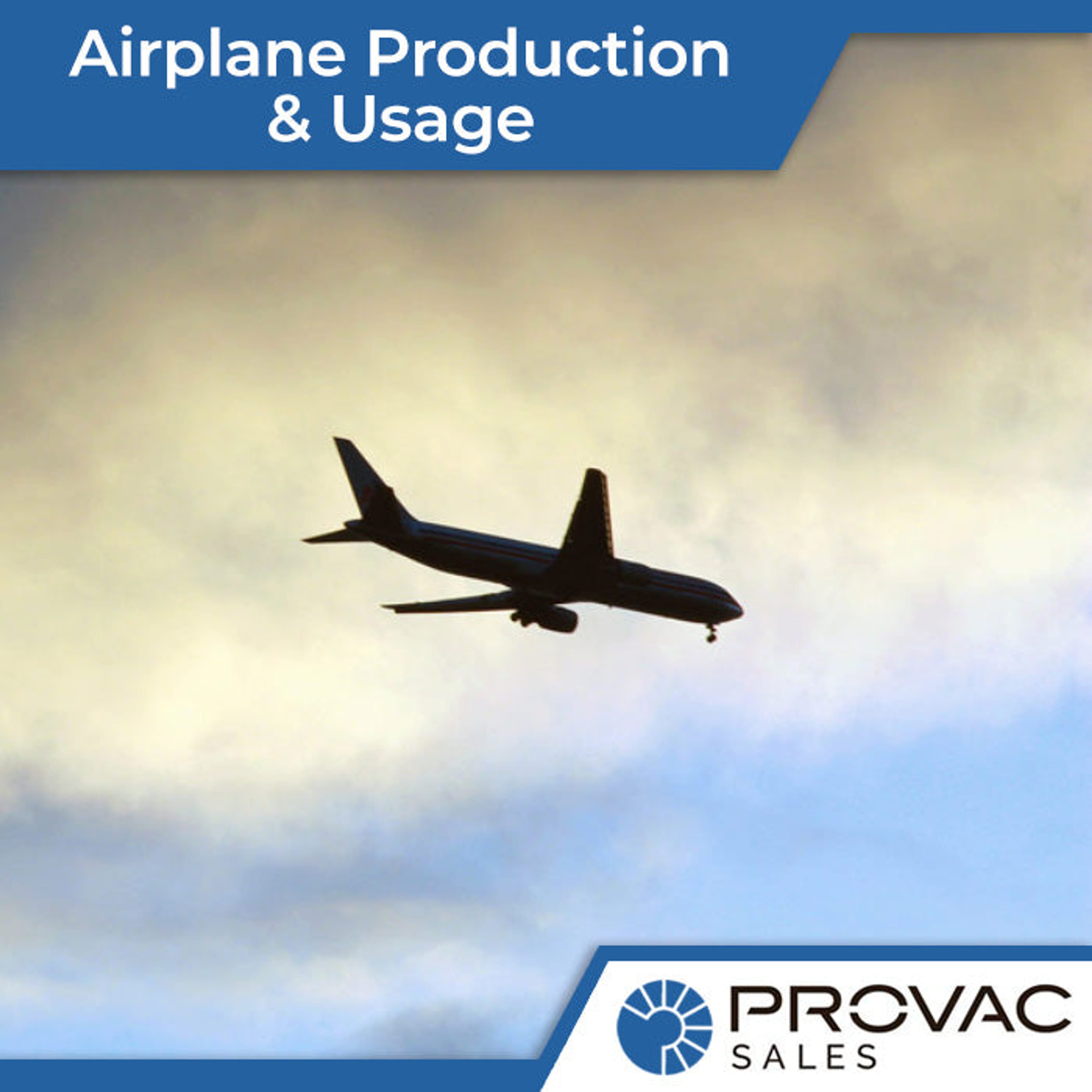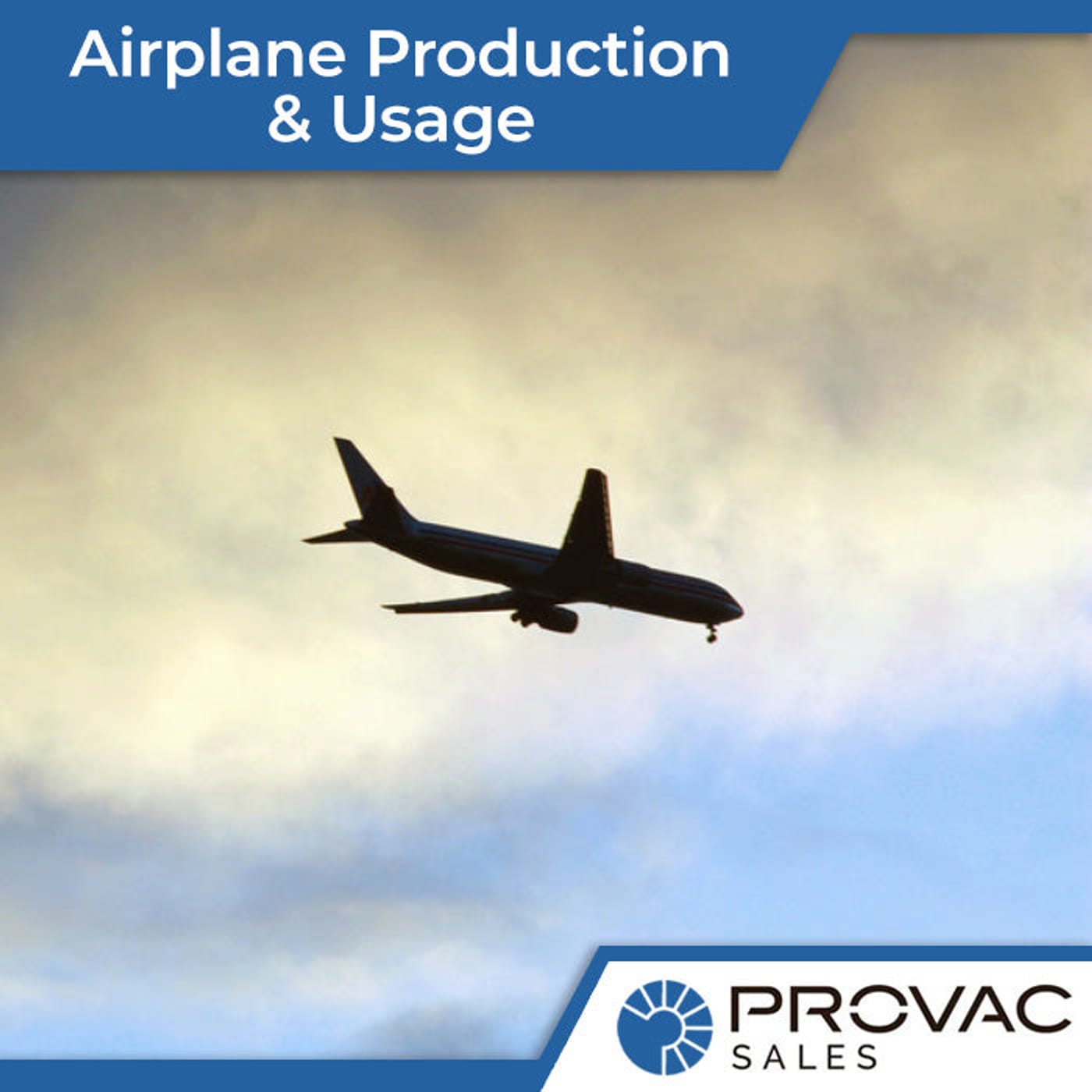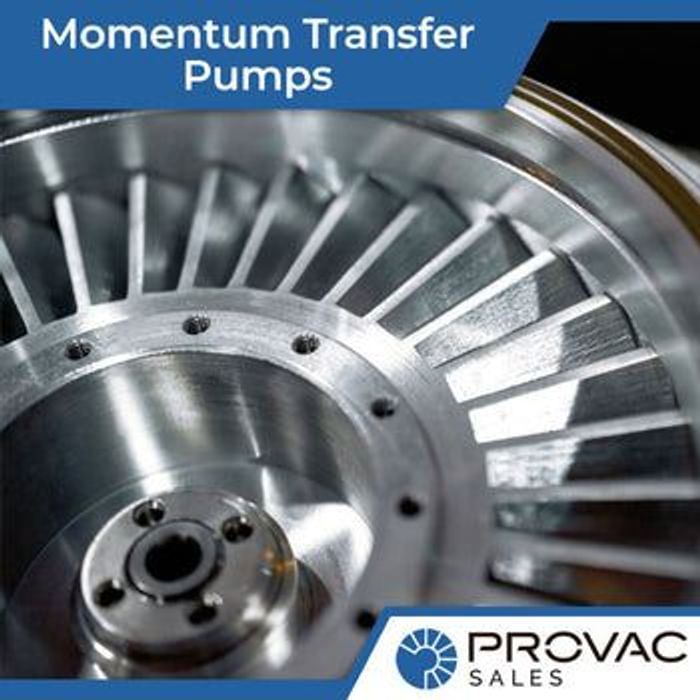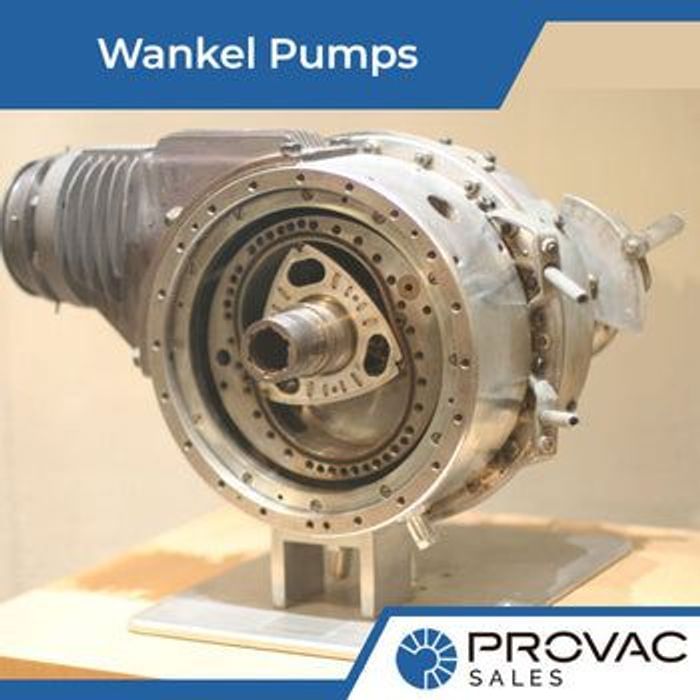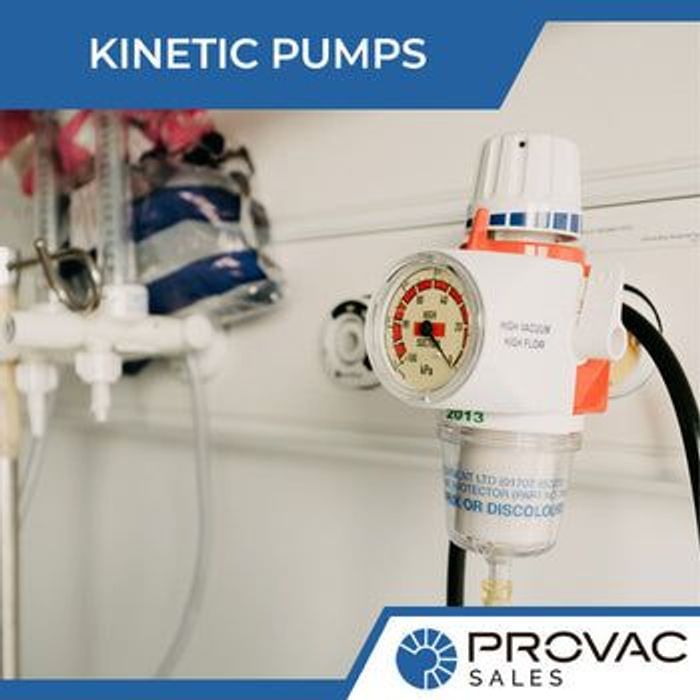While sophisticated glass cockpits are currently the norm in the modern aviation industry, in the real world, most airplanes still rely on the traditional round-dial panels with gyroscopes spun by vacuum pumps that either blow or suck air from the instruments. Vacuum pumps, also referred to as pressure pumps, come in a wide variety of designs. However, they have one thing in common – they are used to power vital gyroscopic instruments and accessories.
Most aircraft operators only seem to pay attention to the vacuum pumps in their airplanes when they fail. Unless you have a low vacuum indicator light on your panel, you may not even realize that your vacuum pump is not working; this can have disastrous consequences. In the 80s, a sequence of loss-of-control accidents was more or less blamed on in-flight failures of vacuum pumps. It was at this point that close attention was paid to this previously neglected accessory, and a lot of effort went into improving efficiency and reliability. From what we can tell, these efforts have been hugely successful.
The main point to remember is that when a vacuum pump fails, it’s almost always during flight. As an aircraft operator, it’s important to know how a vacuum pump works and what you can do to improve its efficiency, as well as extend its life.
Background
Vacuum pumps were invented in the late ‘30s. Before their invention, gyroscopes were powered by suction from a venturi connected to one end of the fuselage. This meant that the gyroscope didn’t begin running up until a few minutes into the takeoff roll, making low-altitude ascent and descent quite difficult. A vacuum pump fixed this issue by providing more suction power.
Wet Pumps
The very first vacuum pumps were ‘wet,’ meaning the interface between the pump’s stator (interior of the metal housing) and the carbon vanes was lubricated with oil.
Wet pumps were proven to be durable, typically lasting through the engine’s TBO. However, they had a few downsides. Wet pumps were quite costly, constantly dumping oil overboard, leaving a mark on the aircraft’s belly. This meant that wet pumps were very messy, and some aircraft operators had to invest in additional accessories to reduce the amount of oil dumped by these pumps.
Dry Pumps
Dry pumps debuted three decades after the first aviation vacuum pumps were invented. They immediately and effectively replaced wet pumps because they were lighter and cheaper to produce. Dry pumps were made using graphite vanes that offered lubrication by gradually erasing themselves and leaving a thin layer of dust between the stator and vanes.
The downside of this design is that the vanes, which are held against the stator by inertia, will eventually wear down until they are too thin to remain in place. The vanes will then break into pieces that can spread to other parts of the pump, causing catastrophic failure.
Because of the nature of the design, there is no way to know if the vanes have worn out because pressure does not drop as the vanes wear.
How Vacuum Pumps Work
Vacuum pumps are still used in many piston-powered airplanes, providing crucial energy for proper functioning flight instruments, like directional gyroscopes and altitude indicators. Even newer airplanes that come with glass panels may use a vacuum pump as a power source for backup instruments. It is highly likely that you have flown in an airplane that makes use of a vacuum pump.
Currently, vacuum pumps are used to power backup instruments in modern airplanes. This means that they rarely get serviced or replaced when they become faulty. All aircraft systems require service and component replacement at regular intervals for optimal performance and safety. This also applies to vacuum pumps which can sometimes be impossible to inspect without taking the aircraft apart. Ignoring the vacuum pump until it fails could lead to disaster, or at least significant inconvenience and costly repairs.
Vacuum Pump Components
A typical aviation vacuum pump system consists of the accessories and instruments powered by the pump, filters, a regulator, an engine-driven rotary-vane pump, tubing, and hoses to connect everything. Essentially, the pump forms a vacuum on one of the systems, sucking air through the system and spinning the rotating wheel with integral cups that spin when there is adequate pressure. The rotational speed of the gyros is determined by the quantity of vacuum supplied to the accessories.
A vacuum pump can be installed to create a vacuum or provide pressure to run gyroscope instruments and accessories like the altitude or heading indicator. When other gadgets, such as inflatable door seals, autopilot servos, and/or pneumatic deicing boots are also aboard the airplane, the pump is usually installed as a pressure system. Piston twins typically have one vacuum pump on each engine, with associated gauging, valves, and filters providing redundancy.
